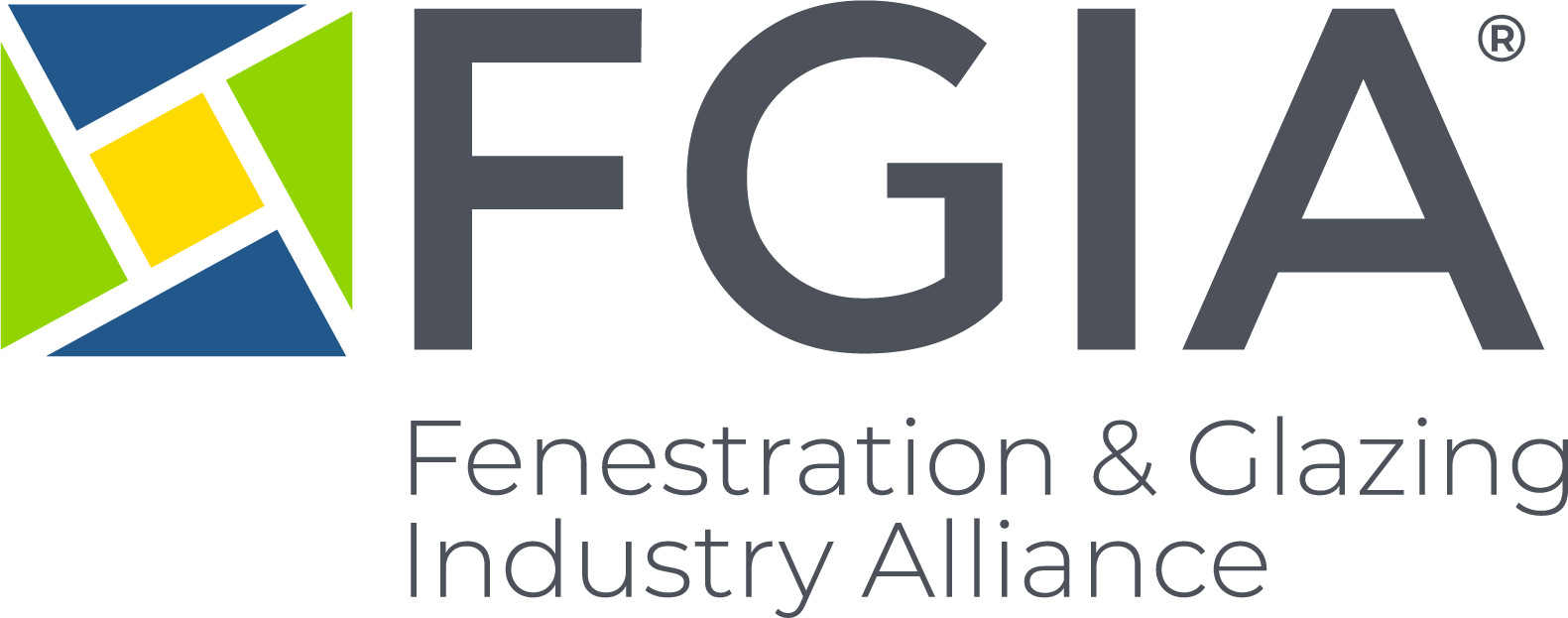- Blog
- Trade Secrets
- AAMA Rapid Response Team Addresses AB 262, Buy Clean California Act
September 28, 2018
AAMA Rapid Response Team Addresses AB 262, Buy Clean California Act

As many in the western region know, the Buy Clean California Act (Assembly Bill 262) was signed into law last October, requiring state agencies to consider the embedded carbon emissions of industrial products, including steel and glass, when contracting for state-funded infrastructure projects. Last month, AAMA’s Rapid Response Team sent a letter to the California Department of General Services listing its concerns as well as its recommendations to effectively comply with the provisions of this law, while still providing the intended results of the bill’s provisions to the state of California.
Three concerns were raised by the AAMA Rapid Response Team, as well as three different recommendations to address each concern. AAMA hopes the department will consider each.
Concern #1 – Satisfying the industry baseline requirement
There are concerns with the methodology and accuracy of calculating industry-baselines solely based on currently published EPDs. There is an unknown relationship between the data from this small sampling and the broader industry. The proposed use of the currently published EPDs does not reflect production weighting, thus does not accurately correlate to the production and use of products in the market. To address these concerns, AAMA makes the following recommendation.
Recommendation #1 – Industry-wide LCA or EPD methodology
Accept an industry-wide flat glass LCA or EPD that follows the Flat Glass Product Category Rule (PCR) and additionally undergoes a third-party critical review to ensure accuracy and transparency. This approach would reflect production weighting with consistent background data and wouldinclude a broad representation of flat glass manufacturers.
If DGS extends all steps of the implementation timeline, it will create the opportunity for the flat glass industry to develop an industry-wide LCA or EPD to use as the baseline.
Concern #2 – Facility-specific EPDs
Facility-specific EPDs are not addressed in the current PCR for flat glass, which governs EPDs, therefore no such EPDs exist. With no such governing rules, establishing system boundaries of facility-specific EPDs would be problematic and the resulting data would be inconsistent. The supply chain of building products follows company- and product-level specification requirements and material flows, not facility-level. Capacity balancing and loading takes place on a company-wide basis by product and includes a wide mix of vertical integration on a facility-level. These factors introduce significant variability to facility-based calculations, traceability complexities and inherent inaccuracies related to the absence of system boundary definitions stated above.
Recommendation #2 – Product-specific or industry-wide EPDs
Accept product-specific or industry-wide EPD data as satisfying the bill’s requirements. ISO regulations that govern EPDs follow established reporting methods, both for product-specific and industry-wide EPDs.
Concern #3 – Exclusion vs. Preference
The calculation method for determining the industry baseline currently is based on minimum and maximum GWPs of participants. Due to the limited number of data sets and companies this is based on for the glass industry, this can generate the unintended consequence of preventing buildings from being constructed due to capacity constraints of individual companies deemed eligible to supply California projects. Sustainability within product manufacturing is a journey and, as such, popular green certification programs such as the U.S. Green Building Council’s Leadership in Energy and Environmental Design (LEED) program grant different levels of certification based on progress along that journey.
Recommendation #3 – Incentives for products with reduced GWP
Give preference to products with reduced GWP rather than excluding companies from the market due to having GWPs higher than the DGS-established baseline. Consider developing an incentive-based structure such as those currently being considered by Washington and Oregon.
What are your thoughts on the Buy Clean California Act? Feel free to reach out to me directly with feedback at jyglesias@aamanet.org.
Read more from Blog, Trade Secrets
Tags: AAMA Rapid Response Team, legislation, California, AB 262
Submit a Comment






Submit a Comment